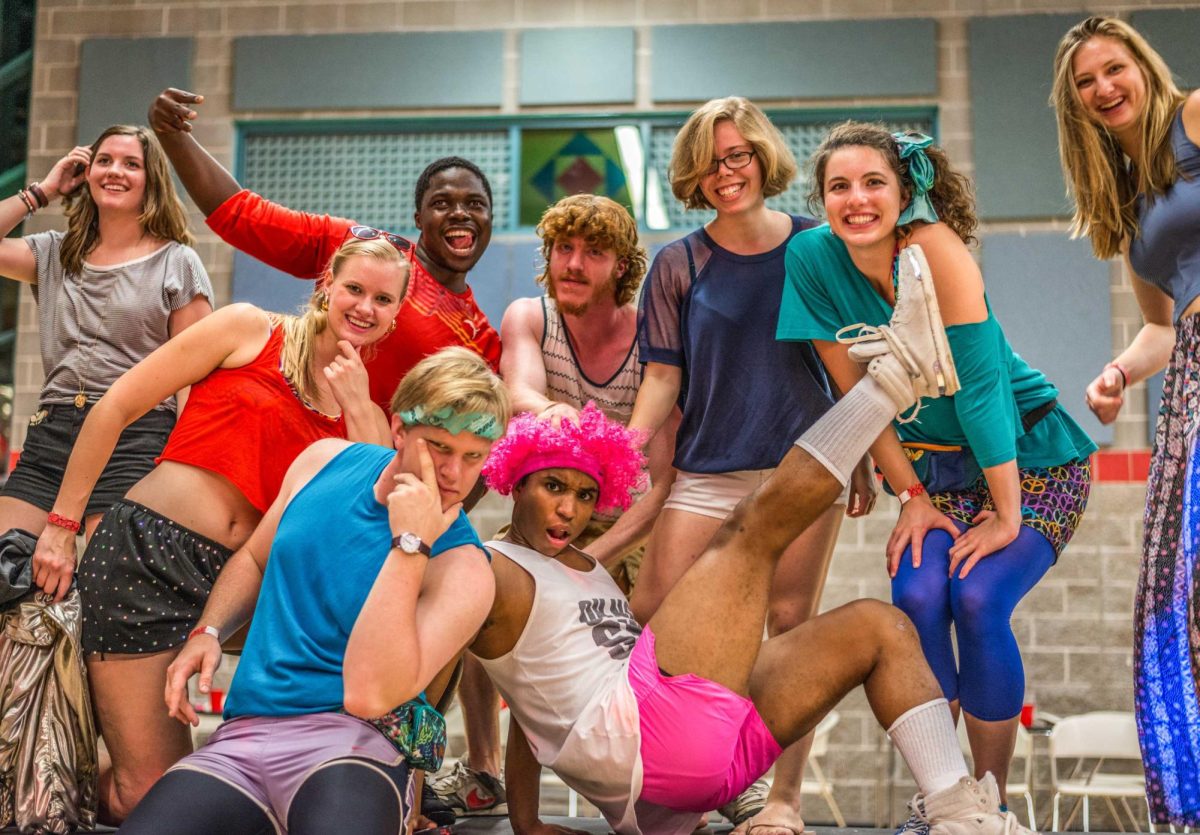
From “Are We Too Clean?” to “Sgt. Pepper’s Lonely Hearts Club,” there was something for everyone in this past semester’s tutorials. Tutorials are a staple of the Grinnell College experience, as every first year first semester student is required to choose from an array of special topics. Now that this year’s tutorials have ended, many professors are already busy planning their topics for next semester.
Every year, the Dean’s office sends a request for an allotted number of tutorials from each academic department. Depending on professors’ schedules, they may teach one every two years or so.
The process of choosing tutorial topics, of course, varies from faculty member to faculty member. However, professors often choose tutorial topics as a means to explore something they are interested in themselves and would like to know more about.
Professor Charlotte Christensen, physics, said that archaeoastronomy, her potential tutorial topic for next fall, is “something I want to learn more about.”

While Christensen has taught this same topic once before, Professor Gene Gaub, music, described how his topics have been all over the place, and his ideas for topics “percolate in the back of my mind for months, if not years.” For his eighth tutorial, he hopes to cover something along the lines of mythology, legends and music.
Tutorials also have the benefit of a budget. For one of his uses of the budget, Gaub went on a trip to Chicago with his students a few years ago when he taught a tutorial on architecture. Other ways that tutorial professors use this money include tutorial dinners or trips into town.
For many students, these special topic courses are a highlight of their time at Grinnell. However, students are not alone in this sentiment.
Professor Wayne Moyer, political science, said that in particular he likes “the informality of the tutorial [as opposed to more traditional classes].”
The smaller, more intimate class sizes — usually of about 12 students — that are standard in tutorials may add to this more relaxed feel.
Moyer additionally described how with these smaller groups, “you get to know [the students] better and get to know their strengths and weaknesses early on.” This is especially important because a student’s tutorial professor becomes their academic advisor until they declare a major.

Not only does tutorial offer reciprocal benefits for both students and staff hoping to explore a topic that they may not get to as in depth otherwise, it often creates a more close-knit community than with other larger classes. By getting to know students during their first months on campus, professors have the benefit of being able to follow students and keep in touch throughout their college experience.
Next year’s tutorials will offer a whole new slew of special topics that incoming students will likely have a hard time narrowing down and ranking, but the benefits of this framework are applicable to all tutorial courses.


















































